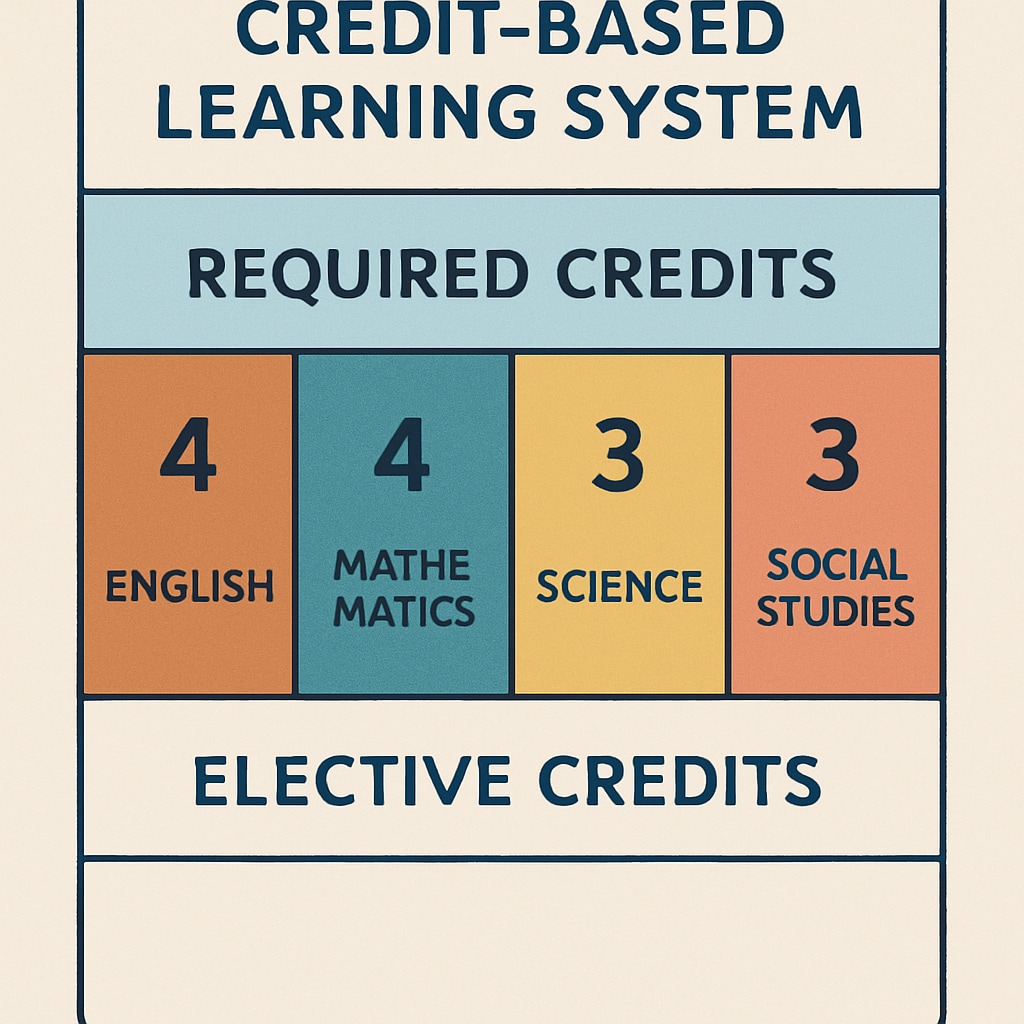For students who have missed school due to health issues or other special circumstances, online high school diploma programs offer a vital opportunity to re-enter the educational pathway. These programs, often credit-based, provide flexible options for learners to earn their diplomas while accommodating their unique needs. However, while these solutions are promising, they come with both advantages and challenges. In addition, a global perspective reveals diverse ways to address educational gaps effectively.
Understanding Online High School Diploma Programs
Online high school diploma programs are designed to allow students to complete their education remotely, often at their own pace. These programs typically follow a credit-based system, wherein students earn credits for completed coursework, ultimately leading to a diploma. This approach is particularly beneficial for teenagers who may have had interruptions in their education due to illness, family responsibilities, or other life challenges.
Some key advantages of these programs include:
- Flexibility: Students can study according to their schedule, making it ideal for those balancing other commitments.
- Accessibility: Online platforms can be accessed from anywhere, removing geographical barriers.
- Personalized Learning: Many programs offer tailored curriculums to suit individual learning needs.
However, challenges such as lack of social interaction, varying program quality, and potential accreditation issues should be carefully considered. Therefore, researching and selecting a reputable program is crucial.

Credit-Based Learning Systems: A Double-Edged Sword
Credit-based learning is central to most online high school diploma programs in the United States. Students accumulate credits as they complete courses, and specific credit requirements must be met to graduate. This system allows for flexibility and customization, as students can choose courses that interest them or align with their future career plans.
However, the credit-based system has limitations:
- Inconsistency: Credit standards may vary significantly between schools, making transfers and recognition challenging.
- Self-Motivation: Success often depends on the student’s ability to stay disciplined and motivated in a self-paced environment.
- Limited Feedback: Students may struggle without direct interaction with teachers or peers.
Despite these challenges, credit-based systems remain a practical solution for many students seeking to bridge gaps in their education.

Exploring Global Educational Recovery Options
While online high school diploma programs are prevalent in the United States, other countries offer innovative approaches to help students recover lost time in education. For example:
- Open Schools: India’s National Institute of Open Schooling (NIOS) allows students to study at their own pace and offers vocational courses alongside academic subjects.
- Alternative Credentials: In the UK, GCSEs and A-levels can be taken independently, giving students more control over their education timeline.
- Hybrid Models: Finland integrates online learning with in-person tutoring, creating a balanced and supportive environment for learners.
These global models demonstrate that there is no one-size-fits-all solution. Families should weigh their options carefully, considering factors such as accreditation, curriculum relevance, and long-term goals.
Readability guidance: This article is structured to provide clarity and accessibility for readers. Short paragraphs, lists, and headings ensure the content is easy to navigate. Overcoming educational gaps is a challenge, but with the right tools and programs, students can achieve success.


